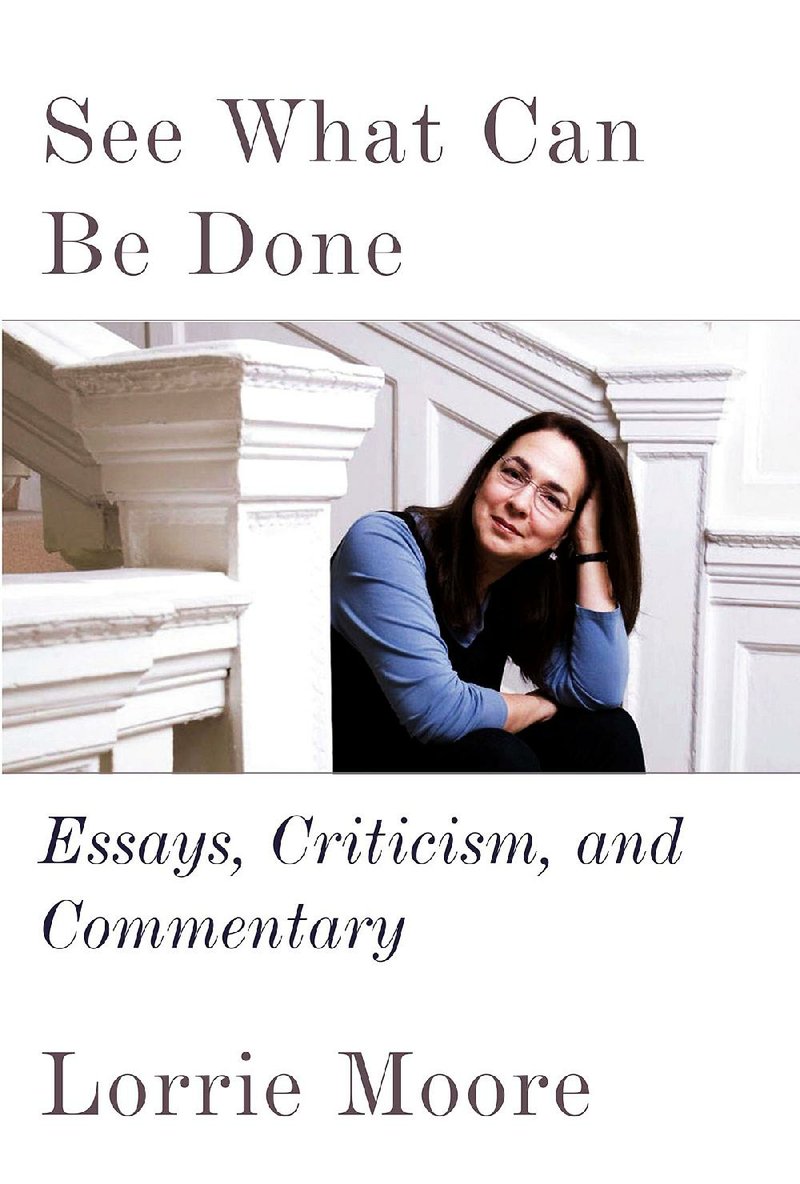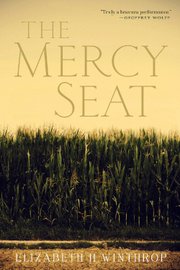I don't know many people who read literary criticism and essays these days. Most of us are more interested in primary sources, the direct products of the imagination of artists, or the facts unearthed by scientists and speculators. It's a question of time more than taste, for there are only so many hours to waste on books.
So as someone who recognizes Lorrie Moore more as a critic and essayist than as a novelist (though I'm sure she's a fine one), I'm probably in the minority. But that's how I thought of John Updike and Gore Vidal too. And Martin Amis. That's not to say I don't admire and even love some of their novels. But I'm more interested in their minds than their characters.
So Moore's See What Can Be Done: Essays, Criticism, and Commentary (Knopf, $29.95) arrives, according to inside the front cover book jacket proclaims, as "a welcome surprise" for a critic charged with regularly turning out copy. For I'd already encountered most of these 60-odd pieces in the New York Review of Books, New Yorker, New York Times Book Review, Atlantic or elsewhere. So no need to reread them all -- just dip into the book as a real reader might, to harvest intelligence on one of the subjects (need a refresher on the letters of American novelist Dawn Powell who rarely ventured out of New York's Greenwich Village? Moore provides one through the prism of Tim Page's excellent compilation of her letters in a 1999 piece I hadn't previously encountered) or as pure recreation.
I had read Moore's witty appreciation of Stephen Stills which ran last year but hadn't realized she wrote it.
Anyway, these are the sort of books I keep for my library, a little (quasi-secret) bookcase where various volumes of nonfiction by the likes of the aformentioned (such as Updike's Hugging the Shore, Due Considerations, Higher Gossip) stand shoulder to shoulder with Anthony Burgess' Ninety-Nine Novels: The Best in English since 1939, Frank Kermode's The Sense of an Ending and others I consider essential reference. Moore fits in there -- when I need to remember what I think about some writer or another I can triangulate off these better minds.
The title comes from the instruction Robert Silvers, Moore's editor at New York Review of Books, would include with nearly ever book he'd mail her for review: "See what can be done. My best, Bob." That's the kind of imperative one would wish from any editor.
Moore's chief, though far from only, gift is a voice that feels approachable and absolutely secure in its judgment. She also seems to genuinely enjoy the complementary role of the critic, recognizing that most of the audience have shown up for something other than the music of that voice.
Most, not all.
. . .
A couple of things about this gig: I love receiving advance reader's copies of novels months in advance of the publication date. I am a slow reader; every second of lead time is precious. But it's easy to forget that a book is to be published on a certain future date. Even if I write my future self a note, by the time the future arrives I've often jettisoned all memory of the book I read so long ago.
But that didn't happen this time. Elizabeth H. Winthrop's novel The Mercy Seat (Grove Press, $26) is scheduled to be published Tuesday and I recommend it for the moral weight of its narrative and the calm, yet insistent drive of her prose. Evocative of To Kill a Mockingbird, the book narrates events leading up to the quasi-public execution of an 18-year-old accused rapist in 1943 Louisiana. It's based on a couple of horrible true stories. And it resonates.
. . .
Finally, I turn the final moments of the column over to my wife, Karen, who is our household's expert on all things Romanov and is deep into I Was Anastasia by Ariel Lawhon (Doubleday, $26.95):
"There's no need to be a history buff to be tantalized by the Romanovs. Tsar Nicholas II, the last sovereign of Imperial Russia, and his family -- including Grand Duchess Anastasia -- were murdered by the Bolshevik secret police in 1918 during the Russian Revolution. Anastasia's supposed escape and possible survival was one of the most popular historical mysteries of the 20th century and the subject of many books and films.
"Lawhon, known for her command of historical suspense and meticulous research, crafts a stylish, authoritative and fascinating tale that shifts between Anastasia's life and that of Anna Anderson, an aloof elitist who claims to be the grand duchess.
"Characters are intensely drawn, conversations are full of portent, and the storylines veer forward and backward in time, keeping the reader guessing. It's necessary to pay attention, and keep in mind what's come before, in order to anticipate and attempt to understand what's coming."
Email:
pmartin@arkansasonline.com
blooddirtangels.com
Style on 05/06/2018


